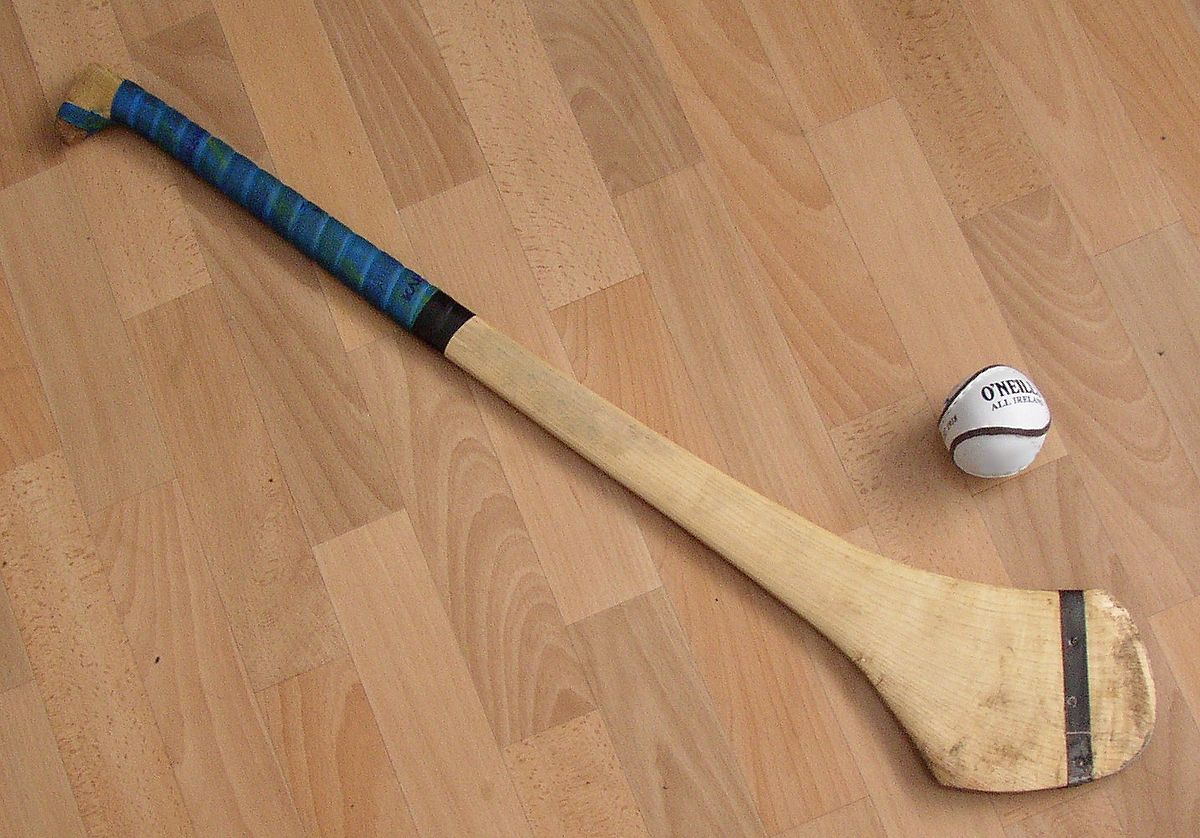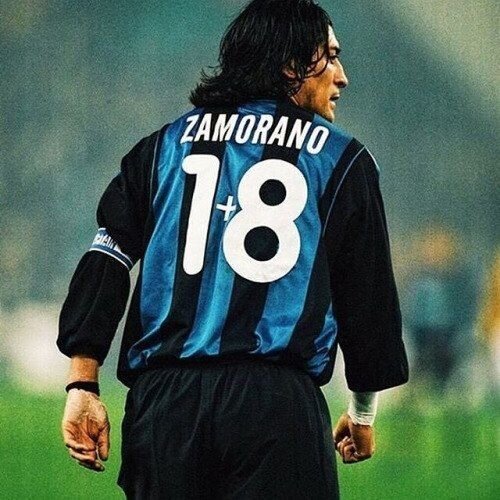Know the game : Hurling
What is the Irish sport of Hurling? : We tell you all you need to know
It’s tough, rough and extremely cool to watch, but what is hurling and how does it work? We are here to help fill in the blanks about this quintessentially Irish sport.
The History of Hurling
Hurling is a native game of Ireland. However, unlike the Gaelic Football championship, only 14 teams participate in the All-Ireland Hurling Championship every year. Alongside the Championships are other tournaments like the Christy Ring Cup, Nicky Rackard Cup and Lory Meagher Cup in which the remaining 18 counties participate in, as well as London.
The game itself has been played for over 3,000 years and has similar links to Gaelic Football, with the same goalposts and pitch as well as the same number of players and officials
The Game and the Team
The game of hurling is played with a ball called a sliothar, similar to the size of a tennis ball. The main objective of the game is for players to hit the ball with a wooden stick called a hurley between the opponent’s goalposts.
Just like Gaelic Football, the team layout of consists of one goalkeeper, six defenders, two midfielders and six forwards. The only difference in terms of substitutes in hurling is that you are only allowed to make five and not six subs.
Layout of a Hurling Pitch
The layout of the pitch is the exact same as that of the Gaelic Football pitch. The matches are played on a pitch of 145 metres in length by 90 metres in width. Parallel lines are again marked at 13m, 20m, 45m and 60m. The middle of the pitch it is also marked with a parallel line.
Rules of Hurling
Hurling games consist of two halves of 35 minutes, which is 70 minutes in total at the inter-county level. At Club level, the games are two halves of 30 minutes or 60 minutes in total.
The ball can be struck in the air or on the ground, with the Hurley, or the boot. However, it must be lifted from the ground with the Hurley. You can’t pick the ball up off the ground.
A player can carry the ball in their hand for a maximum of four steps, after that then the player can either bounce the ball on the Hurley or back into their hand.
The key rule here is that the player can’t catch the ball any more than twice or a free hit will be awarded to the other team. Players can block their opponents with their Hurley, they can also hook an opposing player’s Hurley when they are about to strike the ball.
Similar to Gaelic Football, players are allowed shoulder-to-shoulder contact. There are no rules regarding the number of players that can tackle an opposing player, but there are rules in regards to pulling off the helmet, tripping with the Hurley, pulling the jersey or a full frontal charge.
Just like any contact sport, similar to rugby and soccer, players are penalised for foul play. A yellow card is given to a player as a warning, while a red card is given to a player consistently involved in foul play.
Don’t get hit in the head by either of these
Scoring
Scoring is similar to that of Gaelic Football, a goal is scored if the ball crosses the line underneath the crossbar, while a point is scored if it is over the crossbar.
In Hurling, a goal is worth three points, while a point is worth one point. So an example in terms of score format, 1-10, refers to one goal scored and ten points scored. In total this would be 13 points. A goal is signalled by a green flag by the umpire, while a white flag is signalled when a point is scored.
Officials
A referee, two linesmen, four umpires and a fourth official are all part of match days. Again the same amount of officials as for Gaelic Football.
Furthermore, a Hawk-Eye Official is also present.
Hawk Eye can determine whether a point was successful or not. If the point was successful it will come up ‘Yes’ on the big screen in the stadium, if it wasn’t it comes up ‘No’. Simple as that.
Format
Unlike the Gaelic football All-Ireland Championship, there are only two provinces in the hurling; Munster and Leinster. The winners of the Munster Championship go forward to the All-Ireland semi-finals, while the Leinster winners also go through to the semi-final stage.
The teams that lose in their respective province games go into the All-Ireland qualifiers, where they play several games to try to get back into the semi-finals of the All-Ireland Championship.
Discipline
Yellow and red cards are only used in hurling, there is no black card. Yellow cards are giving as a warning for a player, while a red card is issued for serious and dangerous foul play.
All Ireland Final Day
The All-Ireland Final in Gaelic Football is traditionally held on first week in September every year, however this is set to change next year.
The All-Ireland Final is basically the showpiece of Gaelic Games in Ireland and both teams that get to the final contest to win the Liam McCarthy Cup. The game is played at Ireland’s biggest stadium, Croke Park, which is situated in Dublin. The capacity of the stadium is approximately 82,500.







